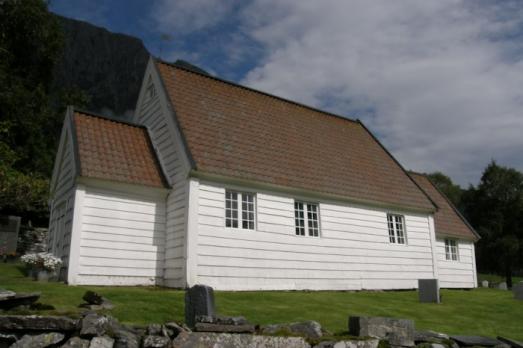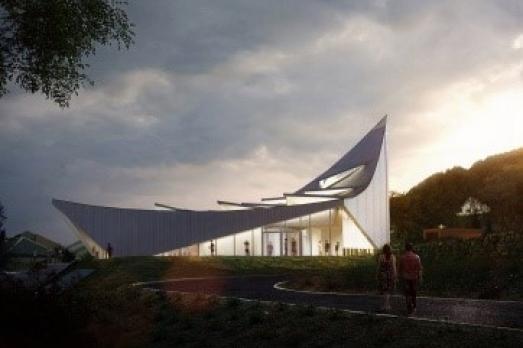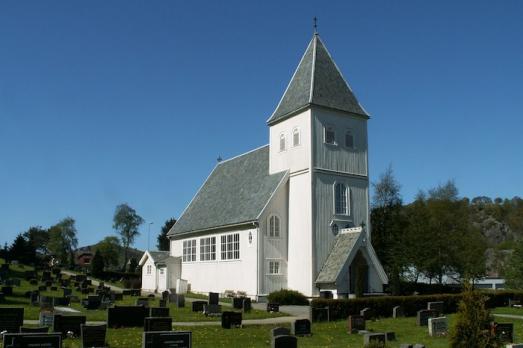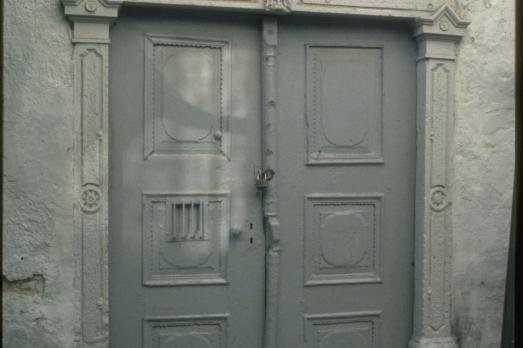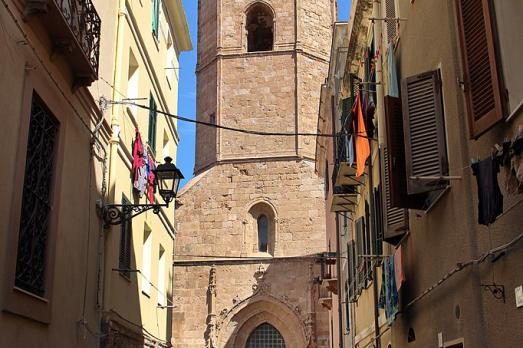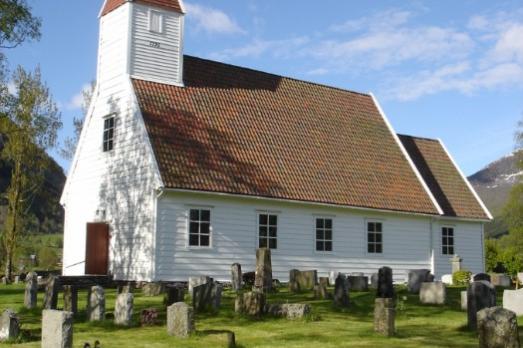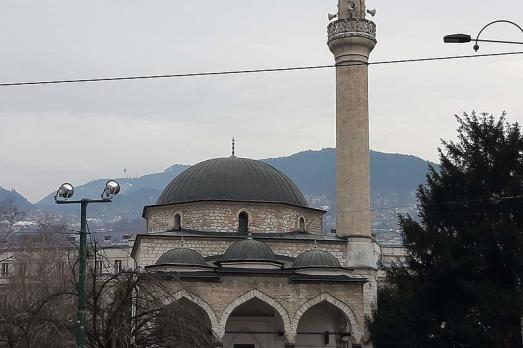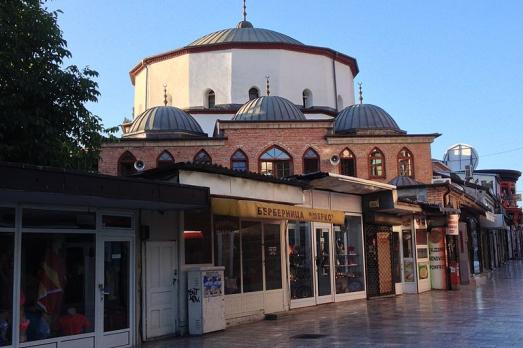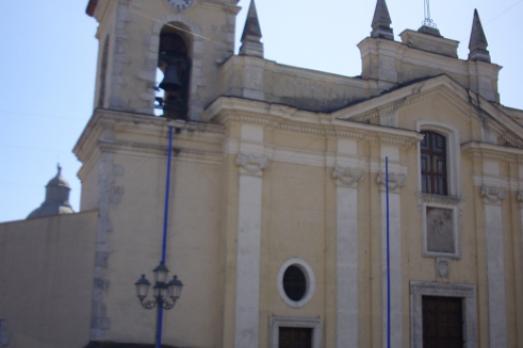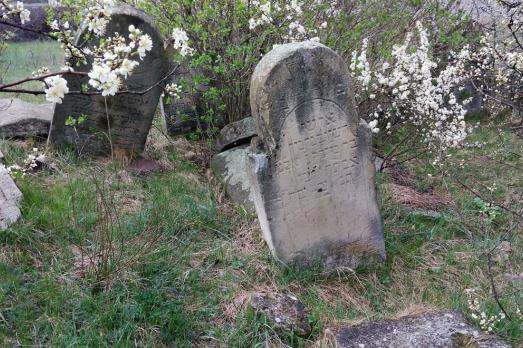
Alexandreni Jewish Cemetery
Alexandreni, MK
The Alexandreni Jewish Cemetery was most likely established in the first half of the 19th century. It is marked on a map of the region from the 1860s, and epigraphic data shows it already existed in the 1850s. The cemetery remained in use after WWII, with the latest preserved gravestone dating to the 1970s.
